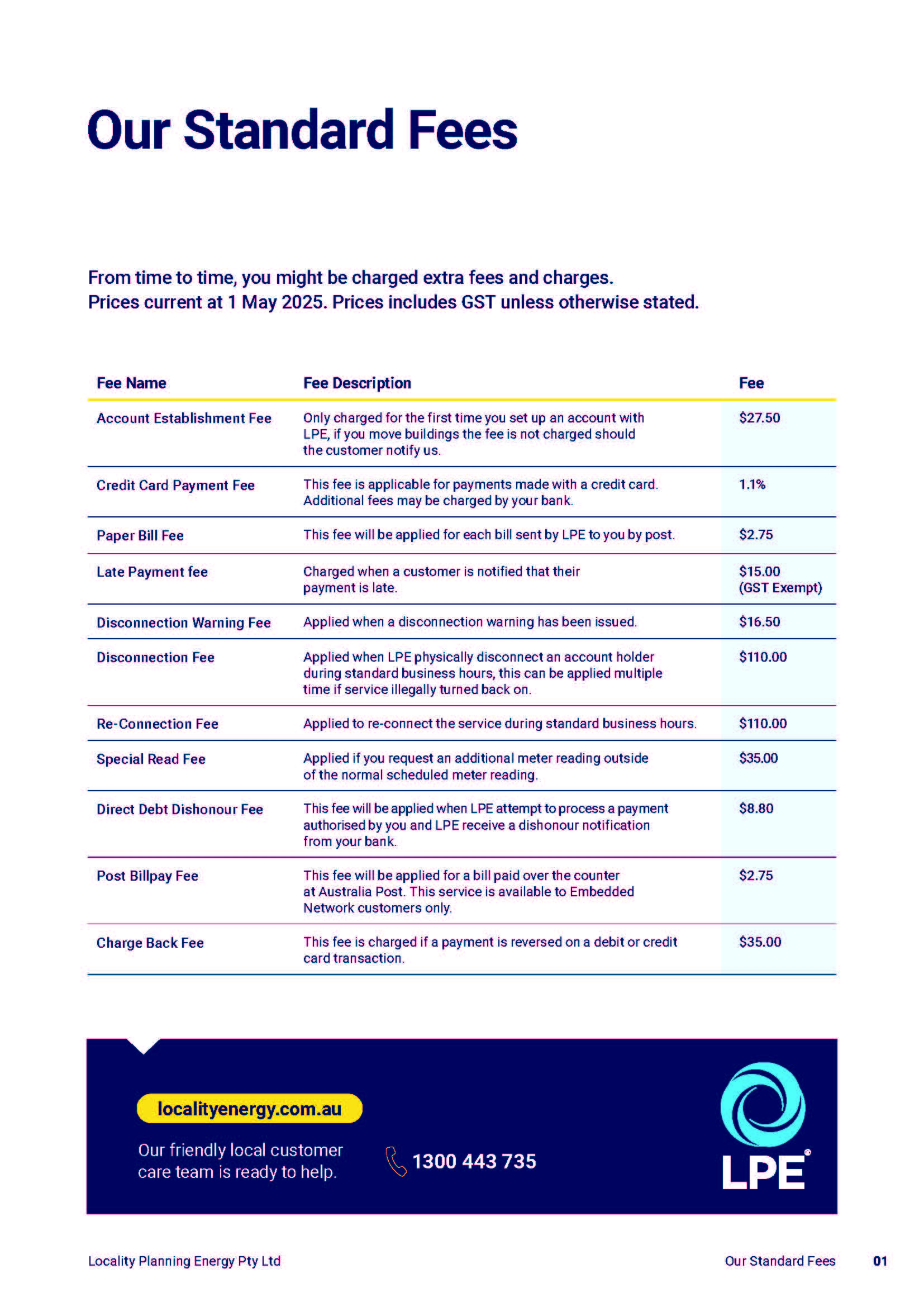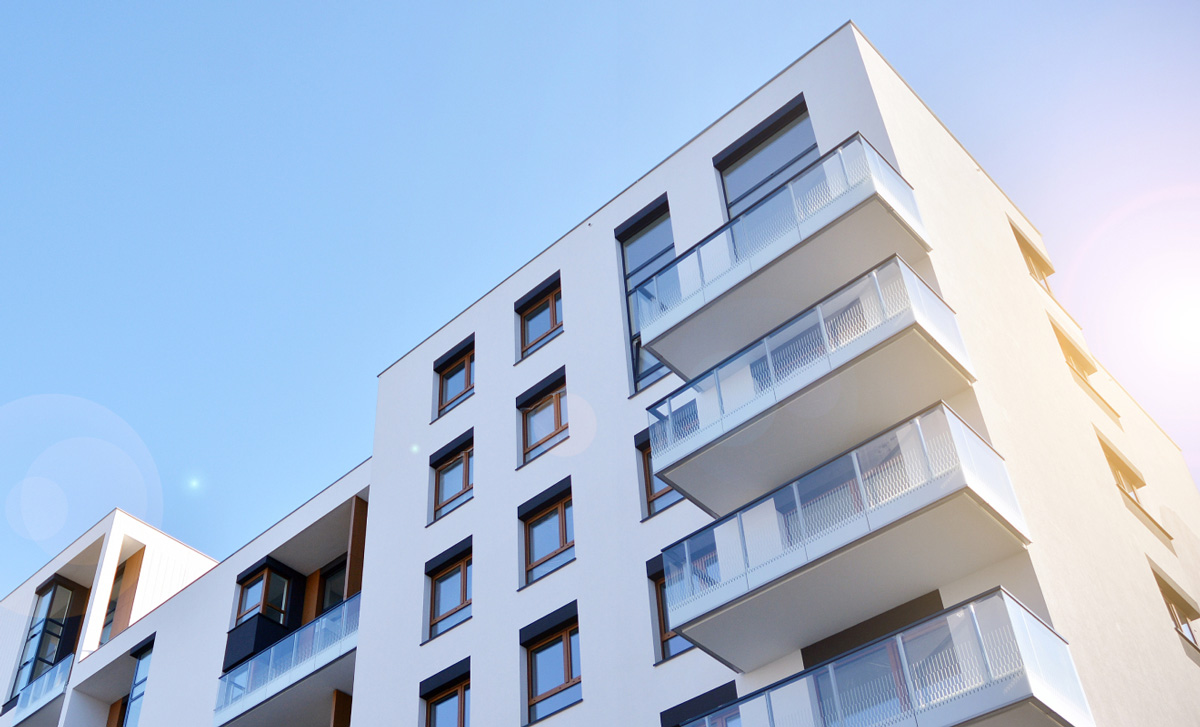While we don’t often think about the vital role the grid plays in our everyday lives, we do notice when it’s gone – ie. during blackouts. So as we are in the midst of another day of sweltering heat today, it’s worth sparing a second to consider how we can help support the grid during times of peak electricity demand.
Yesterday, parts of Queensland were at extremely high risk of experiencing rolling blackouts, as homes and businesses across the state turned on aircons in an attempt to combat the hot and humid temperatures. This collective action sent the demand for electricity to extraordinarily high levels, putting intense pressure on the electricity grid to generate and supply enough energy for everyone, resulting in a temporary energy crisis.
Not only do peak demand events like these increase the risk of rolling blackouts, but they also create an extremely volatile energy market, where the price of electricity can go up and down rapidly by thousands of dollars, every five minutes! While these price fluctuations aren’t likely to impact your electricity bills in the immediate future, we as your electricity provider have to bear these costs for you, and so the fluctuations can lead to electricity price increases over time.
So as the temperature begins to climb again this afternoon, and the electricity grid begins to struggle with the increased demand for the second day in a row, here are a few ways we can work together to reduce our electricity consumption for a few hours – for the good of the grid, and your future electricity bills!
1) Avoid using the washing machine, dryer or dishwasher between 4pm and 9pm
While these useful appliances make our everyday lives so much easier, they’re a huge drain on the electricity grid. During a heat wave, it’s vital that everyone avoids using their washing machines, dryers and dishwashers during the peak demand period, which starts at around 4pm when people begin arriving home from work, and ends at around 9pm when people start to go to bed. Nowadays, most appliances have timers, making it super easy to change up your cleaning schedule. So stack that dishwasher and throw a load in the washer, but wait until the morning before starting that wash cycle.
2) If you need to use your aircon, do so efficiently.
Don’t worry, we’re Queenslanders too, so we aren’t going to tell you to turn your aircon off in the middle of a heat wave! However, there are things you can do to make your aircon use more efficient. You probably already know that setting your aircon’s temperature to between 24-25 degrees is the most energy efficient thing you can do when it comes to cooling your home, but did you know that turning your aircon on earlier in the day and leaving it on, rather than switching it on and off multiple times, can also prevent your aircon from needing to work too hard to regulate a room’s temperature? It’s also wise to keep all windows and curtains shut, as well as any doors to rooms that aren’t being used. Stay cool, but be smart about it!
3) Dinner on the BBQ tonight, instead of in the oven.
Summer is BBQ season, and while it might not feel much cooler outside during a heat wave, you certainly don’t need an oven heating up your entire house, inside, before you go to bed! Using your gas BBQ rather than your electric oven during a heat wave will keep your house cool while also helping the grid meet demand, so grab the tongs and the BBQ sauce, and get on grilling!
4) Cool down with cold showers.
There is no better time to commit to a stint of cold showers than during a heat wave. You can save the electricity usually required to heat your water up, while cooling off at the same time! It’s a win for you, and the grid!)
5) Turn off all unnecessary appliances.
Do you really need the fan AND the aircon on? What about that spare fridge / freezer in the garage with nothing in it? During a heat wave, try to turn off any appliances that might be draining energy from the grid unnecessarily. You’ll be glad you did when you avoid a late night blackout!
6) Switch off as many lights as possible.
It might sound obvious, but switching off your lights can make a huge difference in a heat wave. Try and use only the lights you absolutely need, or get candles out and make an evening of it. Not only will this help the grid, but if it does fail and you do find yourself in the middle of a blackout, you’ll be totally prepared!
7) Get a battery for your solar system
If you already have solar, consider getting a battery. If you don’t already have solar, consider getting both! With a battery, your home can generate your own clean electricity via your solar system during the day, and then store it in your very own electricity bank for use at night. This will reduce your dependency on the grid when it is struggling the most and allow you to take control of your electricity supply and consumption. At LPE, we have solar and battery packages specifically designed to help you become more self-sufficient, so you can worry less about how heat waves and blackouts might impact your home, and focus more on enjoying a guilt-free, cool evening in.











